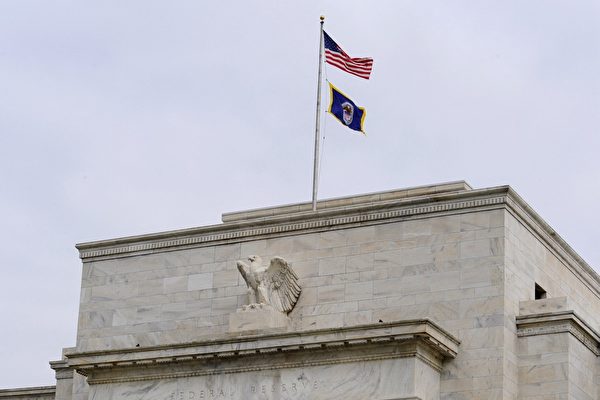The core PCE price index in the United States rose by 2.5% year-on-year in July, indicating that the magnitude of inflation did not expand further. This sets the stage for the Federal Reserve to begin moderate rate cuts in September.
If the Fed lowers the federal funds rate from its highest point in 23 years next month, it will have implications for consumer debt, savings, auto loans, and mortgages. Currently, most experts expect the Fed to cut interest rates three times in September, November, and December, with each cut being a quarter percentage point or possibly even higher.
Federal Reserve Chairman Powell recently stated at the annual economic conference in Jackson Hole, Wyoming, that the timing and pace of rate cuts depend on upcoming data, evolving conditions, and risk balance.
The following is a report by the Associated Press on what consumers should know about how to handle rate cuts.
According to Greg McBride, Chief Analyst at Bankrate, depositors should lock in high rates before the expected rate cuts. “For those considering certificates of deposit or bonds, it’s time to act now,” he said. “Waiting offers no benefit as rates are expected to drop.”
McBride emphasized that now is a good time for near-retirees to secure high-yield certificates of deposit.
“If you do this, it will provide you with anticipated interest income, which should far exceed the inflation rate,” McBride said.
“Credit card bills won’t immediately see a significant drop after the Fed meeting,” warned Matt Schulz, Chief Analyst at LendingTree. “Don’t expect miracles.”
However, rate cuts will eventually mean borrowers can obtain better rates, as many are facing the highest credit card rates in decades. According to WalletHub’s August credit card report, the average interest rate for new accounts is 23.18%, and for existing accounts, it’s 21.51%.
Schultz said, “It’s crucial to make people understand that rates may not decrease as quickly.”
Taking action is important, such as seeking 0% balance transfer credit cards or low-interest personal loans. You can also contact credit card companies to see if you can negotiate better rates.
“The impact of these actions will be much greater in the short term than rate cuts,” said Schultz.
Jacob Channel, Senior Economist at LendingTree, stated that while the Fed’s federal funds rate doesn’t directly set mortgage rates, they are indeed interconnected. In recent weeks, mortgage rates have already decreased before the Fed’s rate cut.
“This indicates that even if the Fed does nothing and just maintains stable rates, mortgage rates will still fluctuate,” Channel said.
Melissa Cohn, Regional Vice President at William Raveis Mortgage, agreed, emphasizing that the most crucial aspect is the signal the Fed sends to the market, not just the rate change itself.
“Many people locked in loan rates when rates were at their highest in the last 18 months, and now they are considering refinancing and how much money they can save,” she said. “I see promising prospects and hope this trend extends to the real estate market, attracting more buyers.”
Channel noted that most Americans have a mortgage rate of 5%, and rates may need to drop below the current average of 6.46% for more people to consider refinancing.
“For auto loans, a rate cut is good news, but it’s still crucial to shop around and not just accept the rate offered by the car dealer,” said McBride of Bankrate. “Saving funds as much as possible and making a larger down payment on a car are also essential.”
McBride predicted that rate cuts and measures to avoid economic recession would lead to a decrease in auto loan rates by 2024, at least for borrowers with good credit. For those with poor credit, double-digit rates may continue to the end of the year.
A government report last week showed that the Consumer Price Index in July rose by only 2.9% compared to the same period last year, the smallest increase in three years. However, some economists are worried due to employment data. New data revealed that hiring in July was much lower than expected, with an unemployment rate of 4.3%, the highest in three years. This is an indicator of economic weakness, but a robust sales market has somewhat alleviated concerns about an economic recession.
The pace of further rate cuts by the Fed after September will depend on the trend of inflation and the job market in the coming weeks and months.

